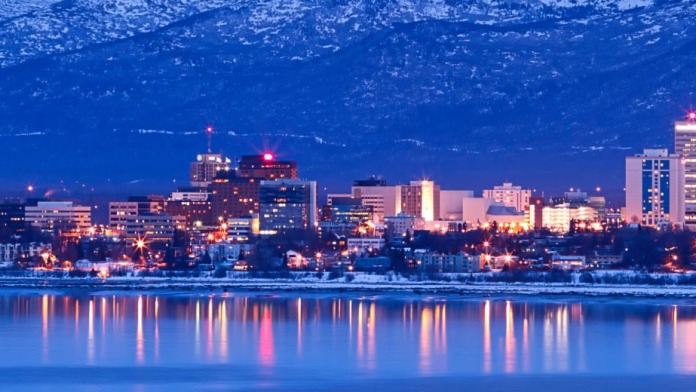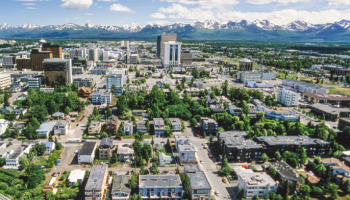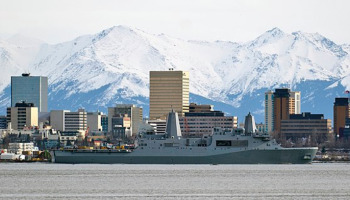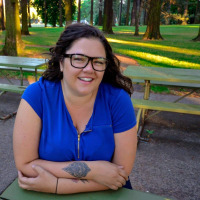Expert Insights
Moms manage competing priorities, screaming babies, work, and managing a household, which takes its toll. Moms are often chronically exhausted and struggling to cope, so it’s no wonder that many turn to substances for relief. After all, that’s what the media shows us with slogans like “Mommy needs wine” printed on baby gowns! But where are we for the moms who fall down the slippery slope of alcohol addiction? When attempting to access recovery services, the number of mothers who need help continues to rise. One proposed solution is allowing children to attend inpatient treatment with their mothers. I think this is a very good idea because, generally speaking, moms want to put their kids first. By implementing this solution, the whole family can come first while mom gets the support she needs.
~ Olivia Pennelle
How Much Does Addiction Treatment Cost in Alaska?
Alaska is ranked 2nd nationwide in terms of addiction treatment affordability, with an average cost of addiction treatment of $52,030.
- Medical detox is the most expensive, with an average cost of $128,273
- Inpatient rehab in Alaska costs an average of $45,913
- Outpatient rehab in Alaska costs and average of $7,629
- Outpatient methadone treatment is the most affordable, with an average cost of $6,778
How to Pay for Rehab in Alaska
As of 2020, there were over 100 rehab facilities across the state of Alaska. These facilities accept several payment methods. Of those facilities, the following numbers reflect how many accept their respective payment methods:








